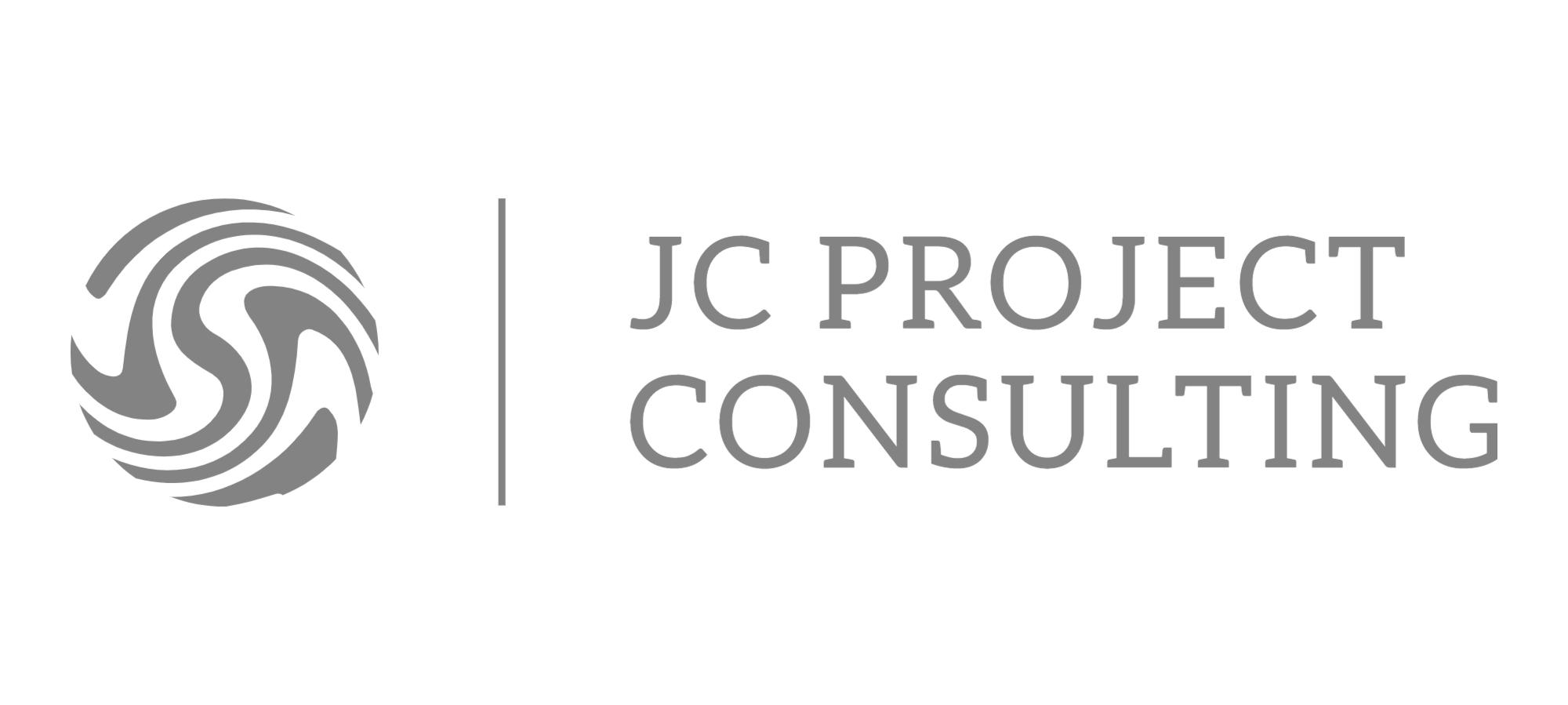Quishing: QR Codes in Phishing
Quishing, a blend of ‘QR’ and ‘phishing’, has emerged as a popular method among cybercriminals. By embedding malicious links in QR codes, these attackers bypass traditional spam filters designed for text-based phishing attempts. For New Zealand businesses, this poses a unique challenge. Many security tools are not equipped to decipher QR codes, making them a blind spot in cybersecurity defences.
CAPTCHA-Based Attacks
CAPTCHA, initially a security measure to prevent bot activity on websites, is now being exploited by attackers. They use CAPTCHAs to hide credential-harvesting forms on fake websites. By creating numerous domain names with a Randomised Domain Generated Algorithm and using CloudFlare’s CAPTCHAs, these forms become invisible to automated security systems like web crawlers. New Zealand companies relying on automated security measures might find themselves vulnerable to such sophisticated attacks.
Steganography in Phishing
Steganography, the art of hiding data within various media forms, has found its way into phishing attacks. A common approach starts with a seemingly legitimate email containing an attachment, often leading to a file-sharing platform. When users download and execute these files, they unknowingly trigger hidden malicious code. This method can be particularly damaging for New Zealand businesses, as it allows malware to infiltrate systems unnoticed.
Impact on New Zealand Businesses
New Zealand’s diverse and dynamic business landscape, ranging from small enterprises to large corporations, is increasingly reliant on digital technologies. This reliance makes them prime targets for sophisticated phishing attacks. The consequences of such attacks can be severe, including data breaches, financial loss, and reputational damage. Moreover, the country’s geographical isolation does not shield it from these global cyber threats, emphasising the need for robust cybersecurity measures.
Mitigation Strategies
To combat these sophisticated phishing attacks, New Zealand businesses must adopt a multi-faceted approach:
- Employee Education and Awareness: Regular training sessions to educate employees about the latest phishing techniques and how to recognise them.
- Advanced Security Measures: Implementing security solutions that can analyse and detect sophisticated threats, including those hidden in QR codes and steganographic content.
- Regular System Audits and Updates: Ensuring that all software and security systems are up to date to protect against known vulnerabilities.
- Incident Response Planning: Having a clear plan in place for responding to security breaches, which includes immediate actions and long-term strategies to prevent future incidents.
Conclusion
The threat of multi-stage phishing attacks, with their complex and deceptive methods, is a pressing concern for New Zealand businesses. Staying informed about these tactics and proactively strengthening cybersecurity measures is essential for protecting sensitive data and maintaining business integrity. In an era where digital threats are constantly evolving, vigilance and preparedness are key to ensuring cyber resilience.


































